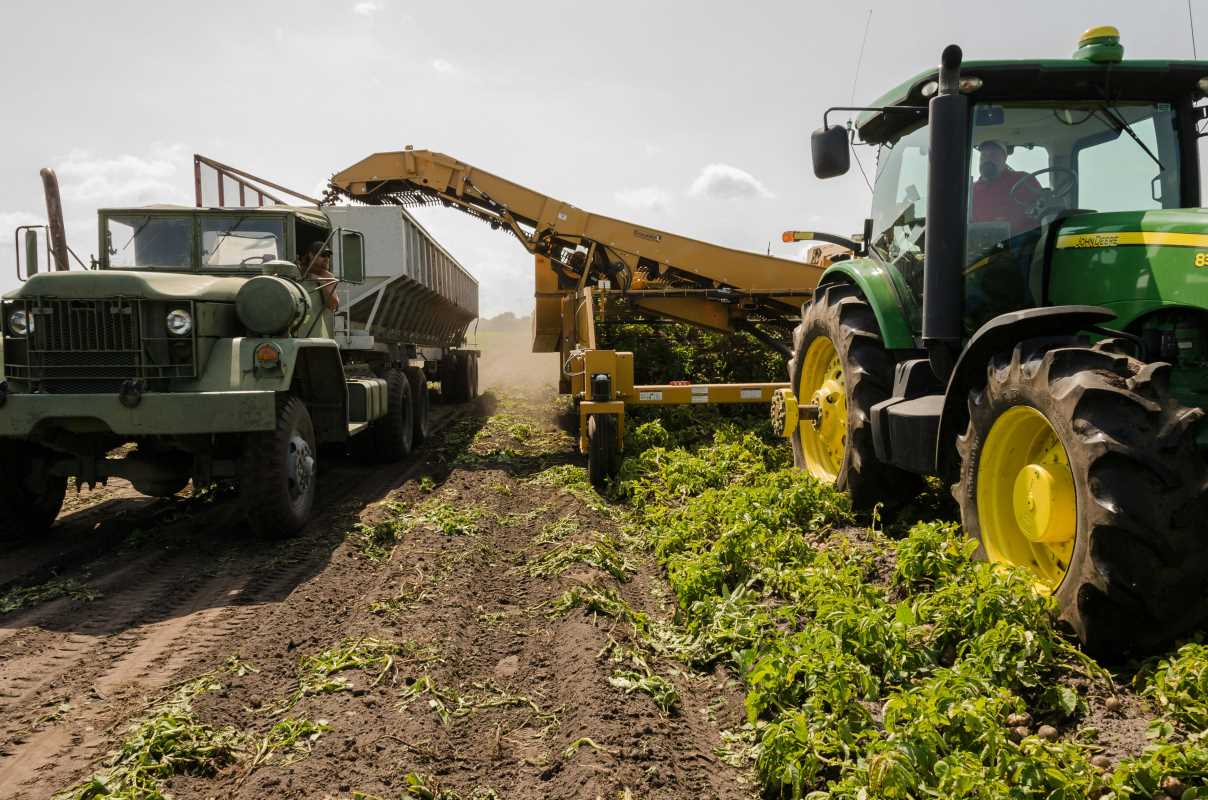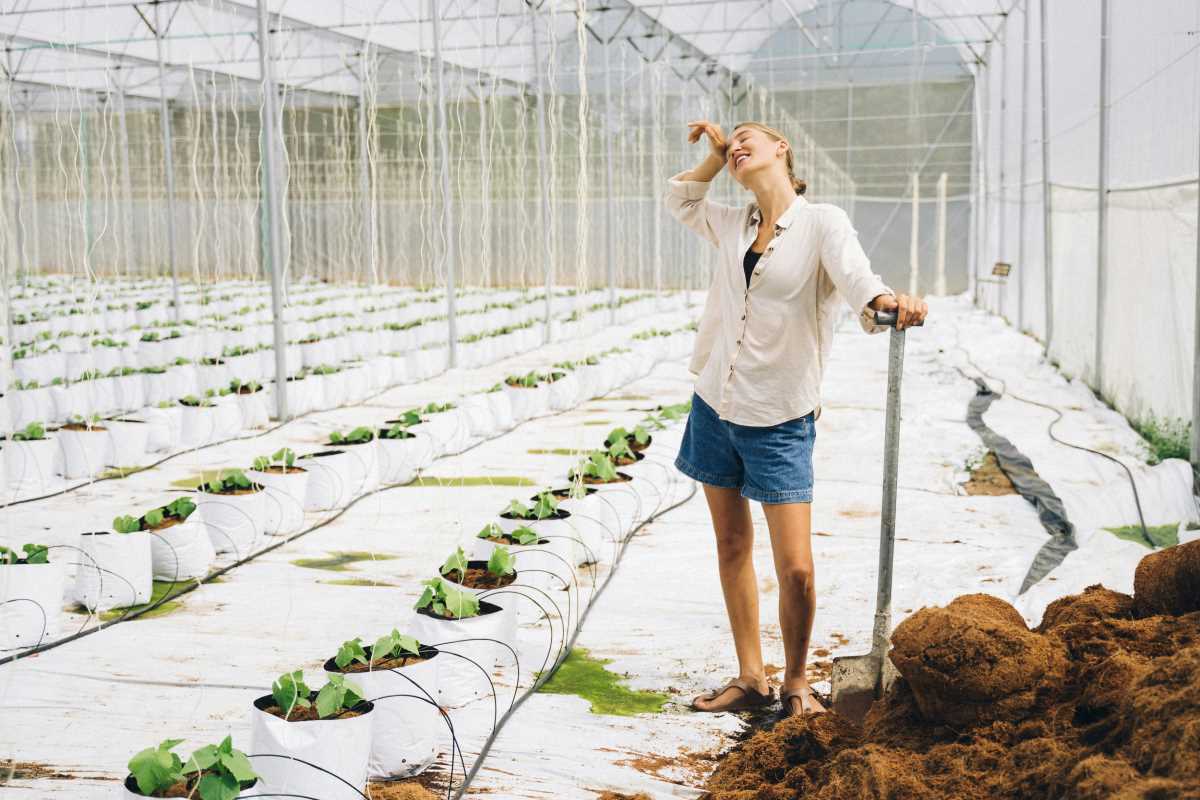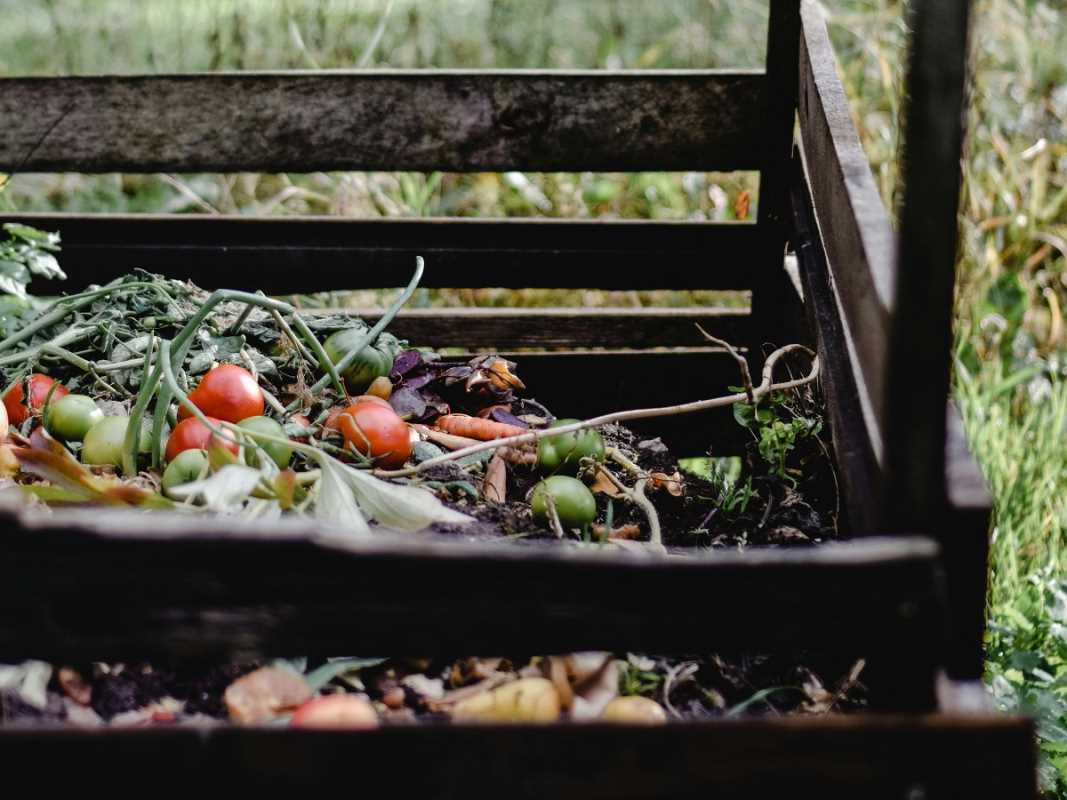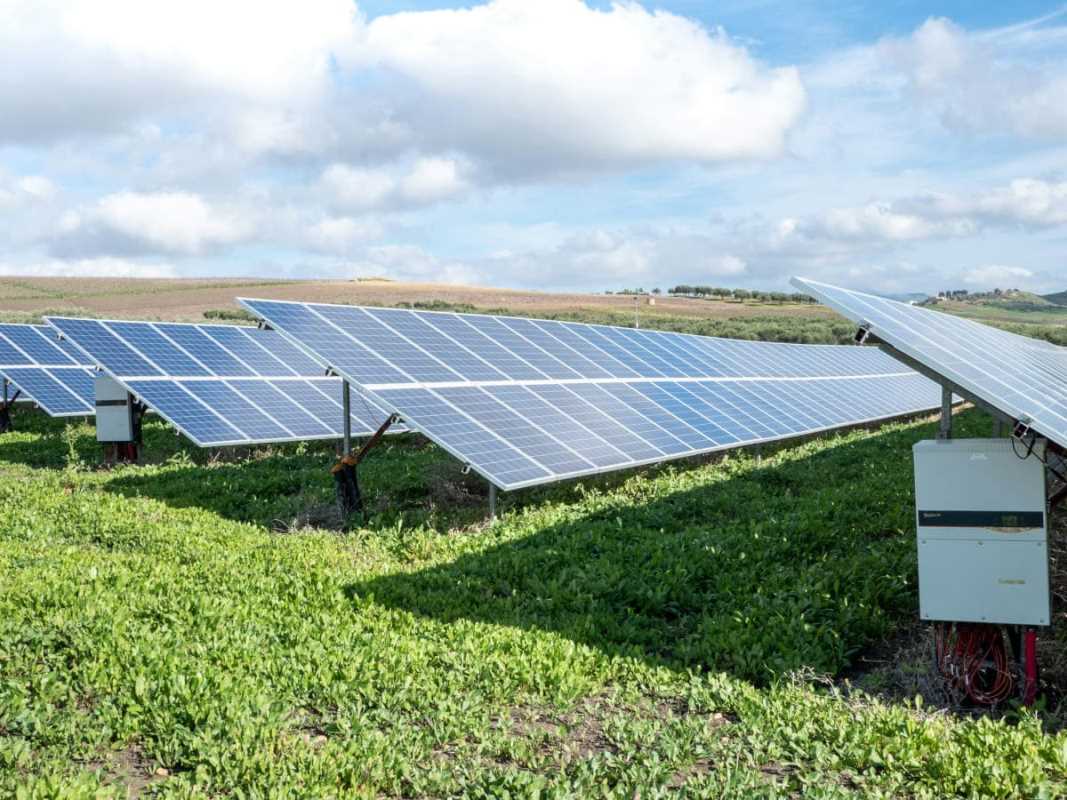Growing fresh vegetables all year becomes much easier with a well-designed greenhouse. By making a few smart changes to your greenhouse setup, you can raise your harvests, cut down on energy bills, and give your plants the conditions they need to stay healthy through every season. This guide shares useful tips and clear suggestions for greenhouse improvements, especially suited for those working with larger spaces. Whether you want to install better insulation, improve ventilation, or automate watering, these ideas help you get more from your greenhouse without added hassle. Enjoy a more productive and efficient growing environment with these practical upgrades.
The tips presented here are easy to implement and budget-friendly. With a bit of creativity and simple modifications, you can transform your greenhouse into a more efficient, comfortable space that supports healthy vegetable growth all year long.
Assessing Your Greenhouse for Upgrades
Before diving into specific improvements, evaluate your current greenhouse setup. Look for clear indicators that your facility can benefit from a little extra care and modern tweaks.
- Cracked or outdated glazing that lets in excess cold air during winter
- Poor insulation or noticeable temperature fluctuations
- Inefficient heating systems that struggle with large spaces
- Inconsistent or poorly distributed ventilation
- Lack of automated controls or outdated monitoring equipment
Observing these signs helps you determine where to start. A thorough assessment helps you identify which upgrades will have the biggest impact and improve your growing conditions without overspending.
1. Insulation Improvements for All Seasons
Maintaining a stable temperature is crucial for vegetable growth. Upgrading your insulation helps you keep the indoor climate steady and lowers heating or cooling costs. Better insulation also protects your crops from extreme weather changes.
Consider these cost-effective insulation materials and tips for installation:
- Use bubble wrap insulation. This inexpensive option installs behind the glass or plastic panels.
- Add foam or reflective insulation within the structure. These materials reflect heat back into the space during cold months.
- Seal gaps with weatherstripping. This small investment stops unwanted drafts and maintains warmth.
- Install thermal curtains. They add an extra layer of protection during the cold season and can be automated for convenience.
By incorporating layered insulation techniques, you create a microclimate that conserves energy and supports strong plant growth throughout the year.
2. Efficient Heating Solutions
Keeping your greenhouse warm, especially during colder months, is essential for continuous vegetable production. You can adopt several budget-friendly heating ideas that suit larger spaces without high installation or operational costs.
Simple, effective options include installing radiant tubing, upgrading to a wood-burning heater, or using portable electric heaters strategically placed. Many of these methods require minimal maintenance.
Design your heating system to distribute warmth evenly. Thoughtful placement of heaters and well-insulated pathways ensure a consistent environment that supports vegetable growth even on the coldest days.
3. Automated Ventilation and Airflow Enhancements
Good air circulation prevents mold, reduces humidity, and supplies plants with fresh air for optimal growth. Automating ventilation helps you regulate humidity and temperature with minimal manual adjustments, maintaining consistent conditions all year round.
Adding sensors and timed vent openers is a smart move. These systems monitor and adjust ventilation automatically, reducing the need for constant oversight while ensuring your greenhouse receives a balanced flow of fresh air.
Innovative options like roof vents connected to a timer or humidity sensors quickly adapt to changing environmental conditions. This setup improves plant health and increases your growing operation's overall efficiency.
4. Water Management and Irrigation Upgrades
Using water efficiently plays a key role in supporting vegetable growth. Upgrading your irrigation methods can reduce waste and deliver the right amount of moisture to each plant. A smart water management system also lowers your overall water bill.
- Drip irrigation systems that deliver water directly to the plant roots
- Automatic timers for scheduled watering cycles
- Low-cost soil moisture sensors that tailor water distribution
- Rainwater harvesting systems to capture natural precipitation
Implementing these upgrades minimizes water loss and supplies consistent hydration to the entire greenhouse. This approach ensures steady vegetable growth without overusing resources, making your setup more sustainable and efficient.
5. Lighting Solutions for Winter Growth
During shorter days and overcast winters, supplementary lighting helps plants grow healthily. Effective lighting systems can mimic natural sunlight, extending productive hours and encouraging growth. Efficient LED systems from companies like EcoBright provide bright illumination without using much energy.
Consider these lighting options to boost your greenhouse's productivity during winter. Select fixtures designed for agricultural use and adjust the light exposure duration to meet your vegetables' needs. With proper installation, tracking year-round vegetable growing becomes straightforward.
Retrofitting older greenhouses with modern lighting not only increases yield but also creates a more stable environment. This upgrade is especially helpful when natural sunlight is limited or unpredictable.
6. Smart Monitoring and Controls
Improve your greenhouse’s performance by installing smart monitoring devices that track temperature, humidity, and soil conditions in real time. Simple sensors can alert you to sudden changes that might affect plant growth, allowing you to respond quickly and prevent crop losses.
Cost-effective options include handheld devices, wireless sensors, and modular control units. These tools are easy to set up and can expand as your growing operation grows, ensuring you keep full control of the environment all year long.
Smart monitoring systems deliver continuous data you can use to fine-tune conditions. This data-driven approach ensures each upgrade works together harmoniously, creating an ecosystem where vegetables flourish even under tough conditions.
Implement these changes to achieve reliable harvests each season.
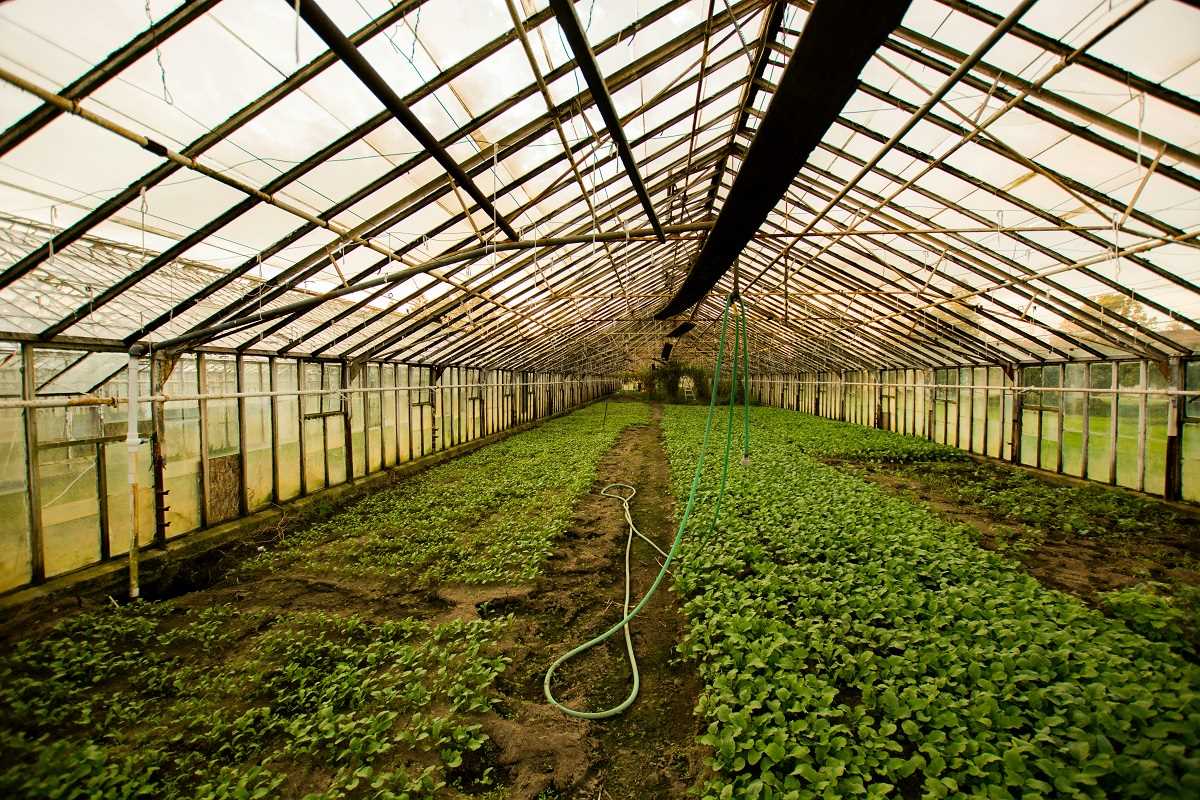 (Image via
(Image via
